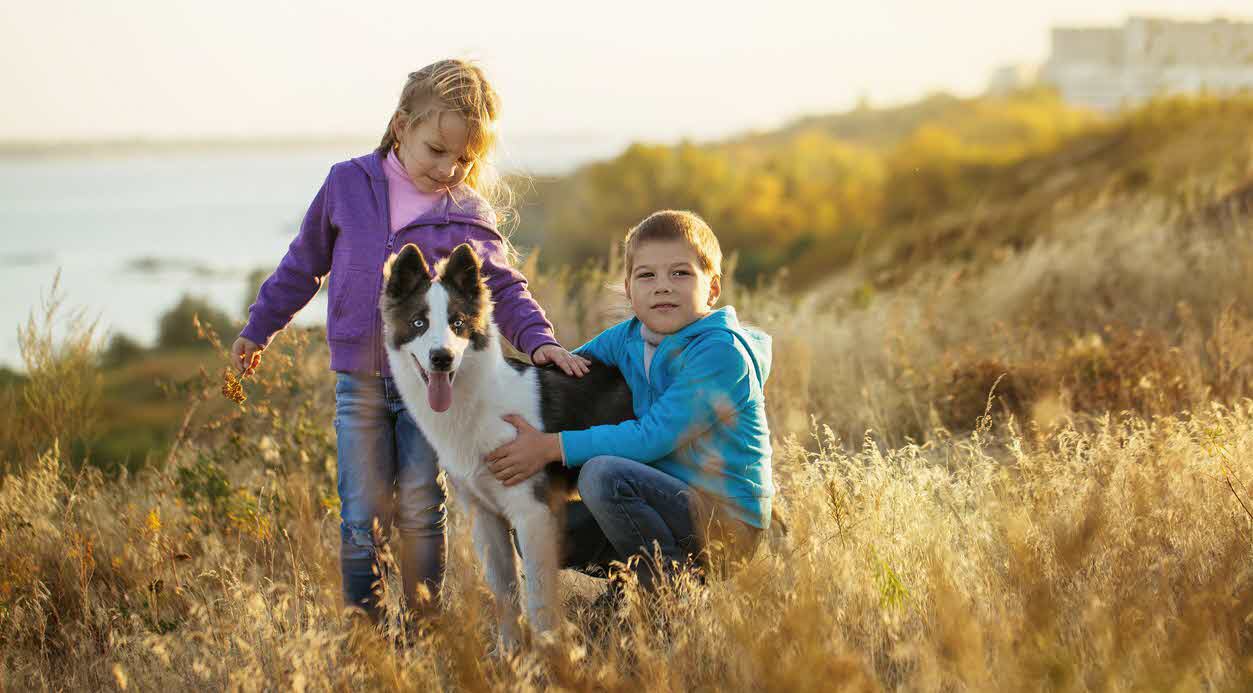
For many people, the idea of getting a dog for kids to play within the backyard is an idyllic image. Increasingly, people have ‘fur babies’ before starting a family, meaning a dog is already in the home before children come along. In most cases, dogs and children live in relative harmony. However, to ensure smooth sailing, there are several points to consider before mixing the two groups.
Train and socialise your dog beforehand
A well-trained and socialised dog will find adjusting to a household filled with children much easier. Training your dog to sit, stay and come on command will help your dog respond to your requests for desired behaviours. Socialising your dog with children of all ages will also assist them in adjusting to living with kids.
Investigate resources on the topic
Fortunately managing children and pets is not a new phenomenon. There are some excellent resources available to new parents, which ideally should be read before children or pets are introduced. Tell Your Dog You’re Pregnant and Tell Your Cat You’re Pregnant are two books written by veterinarian Dr Lew Kirkham which give a range of practical tips to help manage the introduction of children to pets.
Understand the risks
Unfortunately, the group of people most at risk of being bitten by a dog are children. Statistically, children are overrepresented in emergency admissions for dog bites, with bites most often received from dogs that the children are familiar with. Additionally, dog bites on children can often be quite severe, with bites to the head and neck more common in children than adults. Although most children living with dogs won’t be bitten, it is essential to understand the risks.
Children are really bad at reading dog behaviour
Understanding animal behaviour can be tricky without a Dr Doolittle ability to talk to animals. As animals can’t talk, they use their body language to communicate how they are feeling. Raised hackles, a tucked tail, and flattened ears can indicate a fearful or anxious dog. A growl or bared teeth is an incredibly obvious sign of an uncomfortable dog, however, a child under 4 years old will likely be oblivious to this warning. If adults struggle to read their dogs behaviour, it’s no wonder that children can’t read warning signs. This is why it’s so important to never leave your child alone with a dog, even the family dog you trust implicitly.
Any dog can be pushed too far by an overzealous child. Teaching your child basic dog manners is important to reduce risk, such as how to approach a dog or asking permission before patting a dog. However, these manners don’t replace appropriate supervision. Remember that most dog bites are from dogs the child knows.
By training and socialising your dog early, reading up on the practicalities of managing dogs and children, understanding the risks and why these risks are present, you can safely keep dogs with children in your home.
